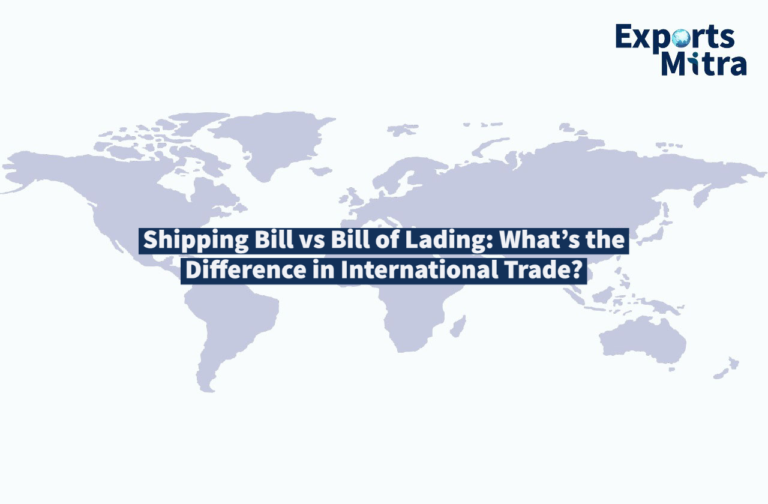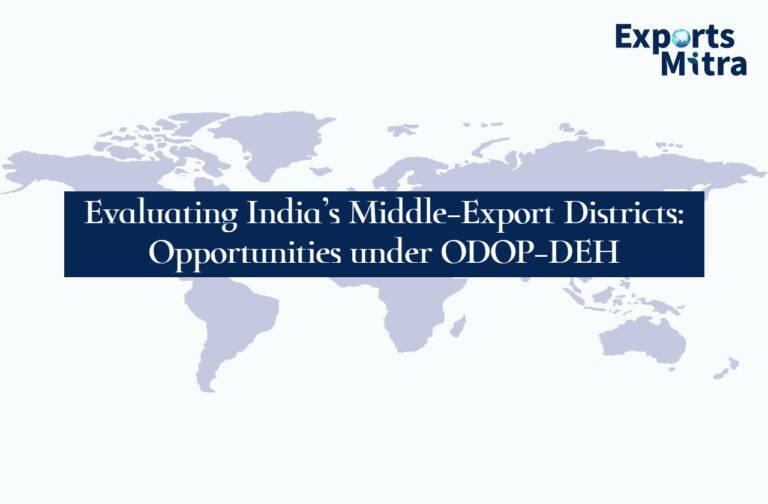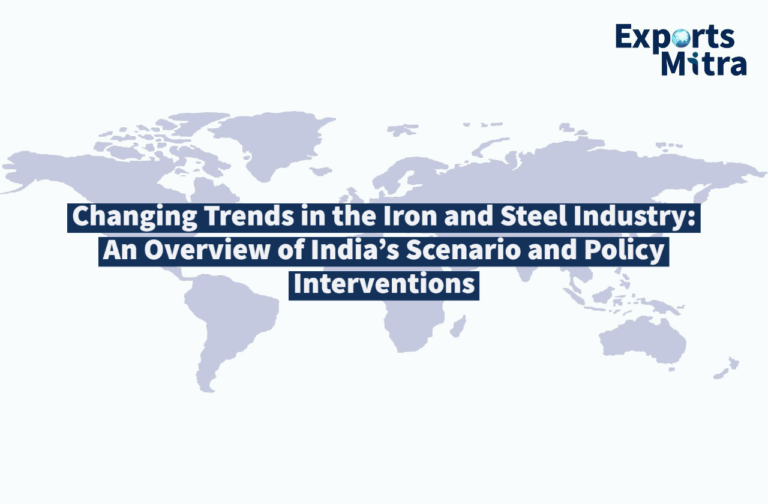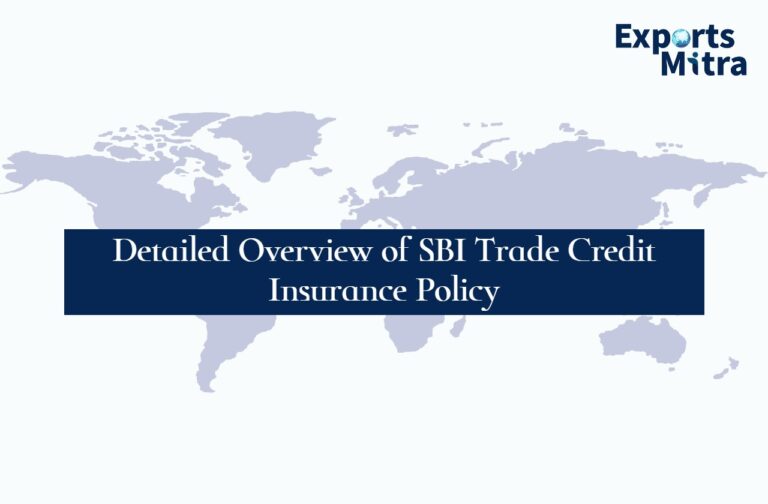Introduction:
In the vast landscape of international trade, initiatives like the Merchandise Exports from India Scheme (MEIS) emerge as guiding lights, illuminating pathways for nations to navigate the complexities of global commerce. Developed under the aegis of the Directorate General of Foreign Trade (DGFT) and overseen by the Ministry of Commerce and Industry, MEIS serves as a cornerstone of India’s export strategy, facilitating smoother trade operations and enhancing the country’s competitive edge in the global market.
Key Features and Mechanisms:
At its core, MEIS is a multifaceted scheme designed to incentivize and promote the export of goods from India. One of its key features lies in its consolidation of various earlier export incentive schemes, such as the Focus Market Scheme (FMS), Focus Product Scheme (FPS), and others, streamlining administrative processes and simplifying procedures for exporters.
The mechanism of MEIS revolves around the issuance of duty credit scrips to eligible exporters. These scrips, calculated as a percentage of the Free on Board (FOB) value of exported goods, serve as tangible incentives to offset infrastructural inefficiencies and associated costs. Ranging from 2% to 5% of the FOB value, these duty credit scrips are transferable, providing exporters with flexibility in their utilization.
Objectives and Benefits:
MEIS operates with clear objectives aimed at fostering India’s export potential and enhancing its global competitiveness. By promoting the manufacture and export of notified goods/products, the scheme seeks to bolster India’s position in key international markets. Additionally, MEIS aims to address infrastructural challenges faced by exporters, thereby improving overall trade efficiency.
The benefits of MEIS are manifold. Not only does it provide financial incentives to exporters, but it also helps in mitigating the adverse effects of infrastructural bottlenecks, making Indian exports more cost-effective and attractive in the global marketplace. Moreover, by encouraging exports, MEIS contributes to economic growth, job creation, and foreign exchange earnings, thereby bolstering India’s economic resilience.
Application Procedure:
For exporters seeking to leverage the benefits of MEIS, a clear understanding of the application procedure is essential. Central to this process is the requirement of an Importer-Exporter Code (IEC), a unique identifier issued by the DGFT. Once armed with the IEC, exporters can submit online applications, typically in the form of ANF 3A, using a digital signature. Timeliness is paramount, as applications must be filed within a specific period from the Let Export (LEO) date to qualify for MEIS benefits.
MEIS Incentive Utilization:
The utility of MEIS incentives extends beyond their mere issuance. Duty credit scrips obtained under the scheme can be utilized in a variety of ways to facilitate trade activities. Importantly, these scrips can be used to pay customs duties on imports, including safeguard duties and anti-dumping duties, thereby reducing the financial burden on exporters. Moreover, the scrips are freely transferable, allowing exporters to trade them or utilize them for importing goods, thus further enhancing trade flexibility.
Conclusion:
In conclusion, MEIS stands as a beacon of support for India’s exporters, offering incentives, streamlining processes, and bolstering competitiveness in the global market. Through its multifaceted approach, MEIS not only addresses infrastructural challenges but also stimulates economic growth and fosters international trade relationships. As India continues to navigate the complexities of global commerce, initiatives like MEIS will remain instrumental in shaping its export landscape and driving sustainable economic development.






